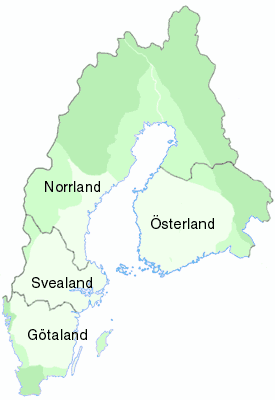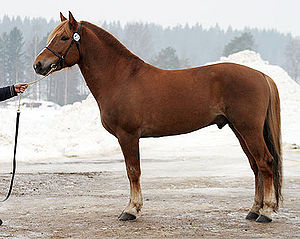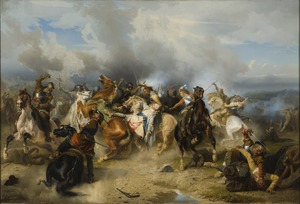
During the time of King Gustav II Adolf and the Thirty Year's War it was a common way in Sweden that farmers or peasants could register a cavalryman to service under the crown. The registration included a man, a horse, protective equipment for the man, a sword and two pistols. After the completion of the registration the farm owner received a tax exemption.

The recruitment as described was carried out also in the Swedish Österland, present day Finland and partly Russia. The Finnish men, the Hakkapeliittas presented over 50% of the total strenght of the Swedish cavalry during the Thirty Year's War.

Riding with the Finnhorse, the Hakkapeliittas' introduced completely new cavalry tactics and it led to remarkable results in the battlefields. Well trained Finnish light cavalry men exceeded sudden and savage attacks in full gallop, only lightly armored the charge was their advantage, firing the first pistol at twenty paces and the second one in five paces, then they draw the sword. This tactic was far more succesful than the earlier cavalry tactics, known as caracole. Hakkapeliitta-tactics could break the defense of the entire battle. One of the most well-known battles with Hakkapeliittas' presence was the battle of Lutzen in 1632.

But what about the origins of the name of Hakkapeliitta. Well, like all the armies and nations, the Finns had their own battle-cry, Hakkaa päälle! or Hakkaa päälle, Pohjan Poika! (Cut them down! or Cut them down, Men of the North!) Foreigners of the Holy Roman Empire translated this battle-cry and gave the form Hackapelit, Hackapell.

